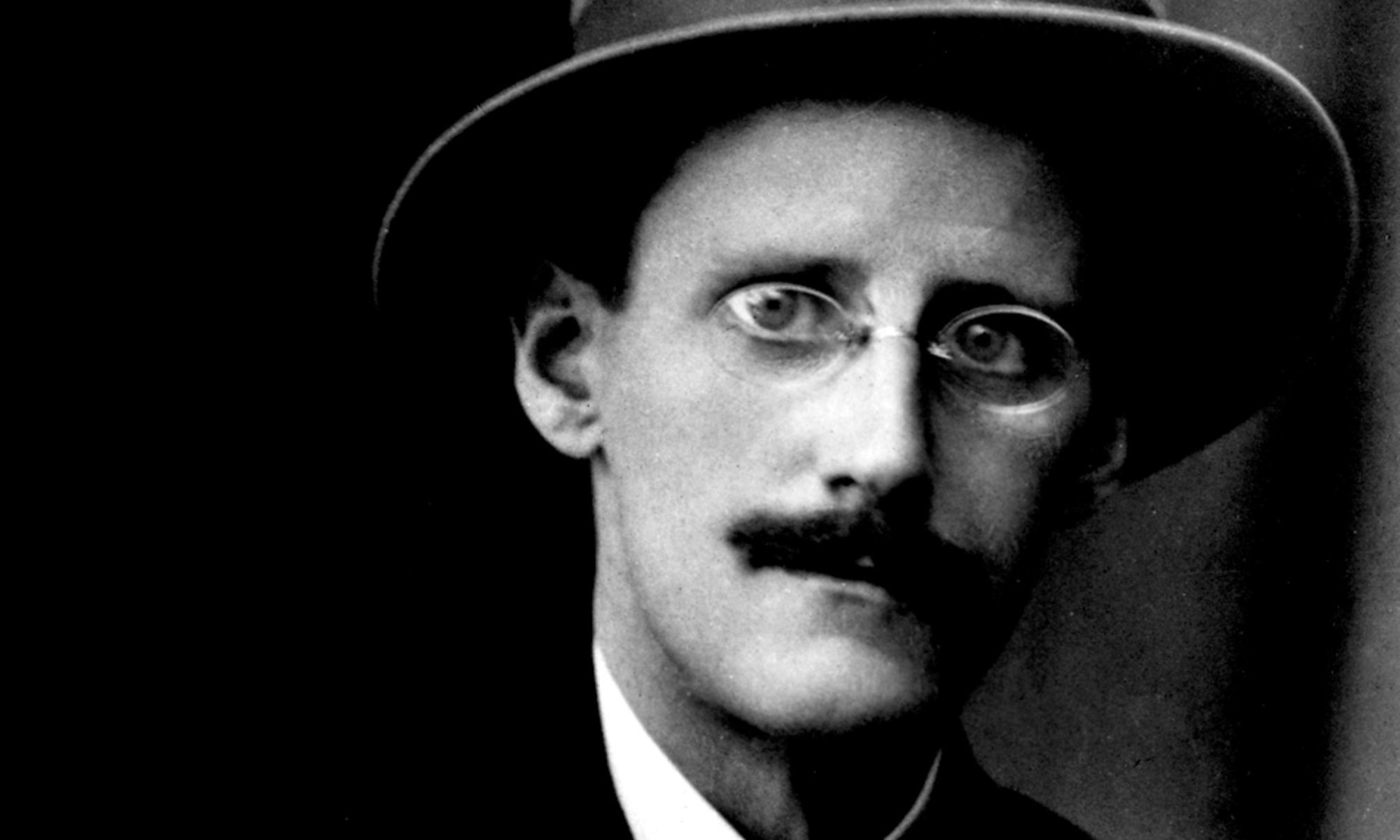 The day will come when the screens we read on will be able to actively monitor our progress and, when our eyes find a specific word, use that event to trigger a supplemental sound file or video clip to augment, or potentially complicate, the text. Perhaps that day already has come, and I’m just behind the times. Brecht, I think, foresaw this: his experiments with projecting text onto the stage were a kind of harbinger of print’s future. Often, or so I’ve heard, that text would contradict the action of the play itself, forcing an intellectual engagement and a withdrawal from the immersive, emotive experience of theater: a true, formal change.
The day will come when the screens we read on will be able to actively monitor our progress and, when our eyes find a specific word, use that event to trigger a supplemental sound file or video clip to augment, or potentially complicate, the text. Perhaps that day already has come, and I’m just behind the times. Brecht, I think, foresaw this: his experiments with projecting text onto the stage were a kind of harbinger of print’s future. Often, or so I’ve heard, that text would contradict the action of the play itself, forcing an intellectual engagement and a withdrawal from the immersive, emotive experience of theater: a true, formal change.
And though we aimed at presenting something formally different from Ulysses using the advantages of technology, I can’t say we’ve accomplished anything like that sort of breakthrough. Indeed, what we’ve done here could be made ready on the same press Gutenberg used and leveraged on to some rag-based paper with iron-gull ink. And, if all that were done, the resulting codex would look every bit like it was published in 1717 and not 2017. So what we did, while initially focused on form, in some ways became much more about technology and the creation of content.
What we have accomplished, I hope, is nevertheless impressive.
I’m proud that an entire chapter of this project was written in tandem—literally. That is, a shared Google Document was opened and Jack and I wrote our sections together, ever cognizant of where the other was going. It was an interesting, fun experience: almost a kind of surrealist game. The resulting narratives seem appropriately infected with one another, although this infection is a bit intangible: exactly what we wanted.
I’m also proud that the entire project was in some ways edited in tandem as well, both via Google Docs and WordPress but also, somewhat anachronistically (!), via e-mail. I especially liked the way that this allowed for truly ephemeral ideas to be realized and implemented instantly before they slipped away. It’s one of the truly freeing aspects that technology lent to this product. While some version of BiCyclops might have been possible using earlier technologies, especially desktop publishing, I think the kind of work we created was only truly possible with the advent of shared, live-edited documents. Even manuscript, as free from limitation as it is, fails to offer this kind of flexibility and instantaneousness.
As for Bloom’s part of the story, there are two parts that I feel the need to defend—so beware. Here be spoilers.
The first is Chapter IV, wherein Bloom’s narrative shifts to one dominated by what might rightly be called the demon of his sexuality. An uncomfortable chapter to write, to be sure. Joyce’s sexual addiction, made fictive in Bloom, always felt at odds to the character I understood. It was a kind of sexuality that took over rather than augmented: a presence possessed of alterity. This made me think about the great surrealist treatments of sex: especially Bataille’s Story of the Eye. But, sadly, that text was just a tad late (Jack and I had decided that a little flubbing was OK, but only by a handful of years). Instead, I thought about predecessors to Bataille. De Sade was pondered, but Lautréamont’s tale of pure evil, raised in literary value by the stylistics of Vergil as it is, seemed best. Under that muse, sexuality truly became a demon that possessed Bloom—and, as Jack’s side of the story shows, it seems to have some overarching affect on the narrative as a whole. That said, I hope that in using the epigraph of Morodor, in presenting this voice as verifiable evil, I have adequately distanced myself from the themes of that portion of the text.
The second is the admittedly over-the-top squirrel bit. I mentioned in class that America often seemed in Joyce a kind of heuristic for examining how oppressed groups are encountered by hegemony. The red-squirrel/gray-squirrel binary surely exploded that underlying theme. It reads as lighthearted to me, even campy, but I think (and hope) that the movement of squirrel to human mirrors nicely the dehumanizing aspects of colonization sometimes nearly mentioned in Ulysses. Remember, too, that it’s still quite early in the day for Bloom within Ulysses. I can personally remember entertaining more than a few ideas that seemed perfectly sensible early in the day which nevertheless failed to pass that test after noon.
All that being said, I’d like to close by saying that this project—from the writing of the text to the hacking together of this website—has been an enlightening and engaging one. It’s also been a lot of fun, despite all of the “exquisite pressure” that its completion brought down on Jack and I. I hope you enjoy reading it as much as we enjoyed creating it!
Works Cited
“Athena.” Wikipedia, The Free Encyclopedia. Wikipedia, The Free Encyclopedia, Apr. 2017. Web.
The Bible. The New Oxford Annotated Version, 3rd ed., Oxford UP, 2001.
Bosch, Hieronymus. The Seven Deadly Sins and the Four Last Things. c1500, oil on wood, Museo del Prado, Madrid.
Costello, Peter. Leopold Bloom: A Biography. Gill and McMillan, 1981. Print.
Dickens, Charles. Bleak House. Project Gutenberg. http://www.gutenberg.org/files/1023/1023-h/1023-h.htm. Web.
Fletcher, John. The Tamer Tamed. Ed. Lucy Munro. London: New Mermaids, 2013. Print.
“Eastern gray squirrel.” Wikipedia, The Free Encyclopedia. Wikipedia, The Free Encyclopedia, 24 Apr. 2017. Web.
Eliot, T.S. “The Love Song of J. Alfred Prufrock.” Bartleby. http://www.bartleby.com/198/1.html. Web.
Joyce, James. Ulysses. Ed. Hans Walter Gabler. New York: Vintage, 1986. Print.
Joyce, James. Ulysses. Ulysses Online Concordance. Imperial College of London. http://www.doc.ic.ac.uk/…. Web.
Lautreamont, Comte de. Morodor. Scribd. https://www.scribd.com/doc/53160266/1868-1869-Comte-de-Lautreamont-Maldoror-and-Poems. Web.
Nietzsche, Friedrich. The Gay Science. Archive.org, https://archive.org/details/completenietasch10nietuoft. Web.
Nietzsche, Friedrich. Thus Spake Zarathustra. Project Gutenberg. https://www.gutenberg.org/files/1998/1998-h/1998-h.htm. Web.
“Passover.” Wikipedia, The Free Encyclopedia. Wikipedia, The Free Encyclopedia, 18 Apr. 2017. Web.
Shakespeare, William. Hamlet. London: Arden, 2006. Print.
Shakespeare, William. Romeo and Juliet. Bartleby. http://www.bartleby.com/70/3822.html. Web.
Shakespeare, William. The Taming of the Shrew. New York: Simon and Schuster, 2014. Print.
Wordsworth, William. “Lines Composed a Few Miles Above Tintern Abbey.” Bartleby. http://www.bartleby.com/145/ww138.html. Web.
N.B.—I have made some liberal use of online sources to reference materials that were pulled from memory. Often, these are without page numbers, which is fine according to MLA, but may make confirming sources difficult. When a reference has had more than passing importance, I’ve made every effort to cite it as closely as possible. References marked U. refer to the Gabler Edition of Ulysses. References marked UC. refer to the online, searchable concordance. Finding those references should be as easy as using the concordance’s search function.
